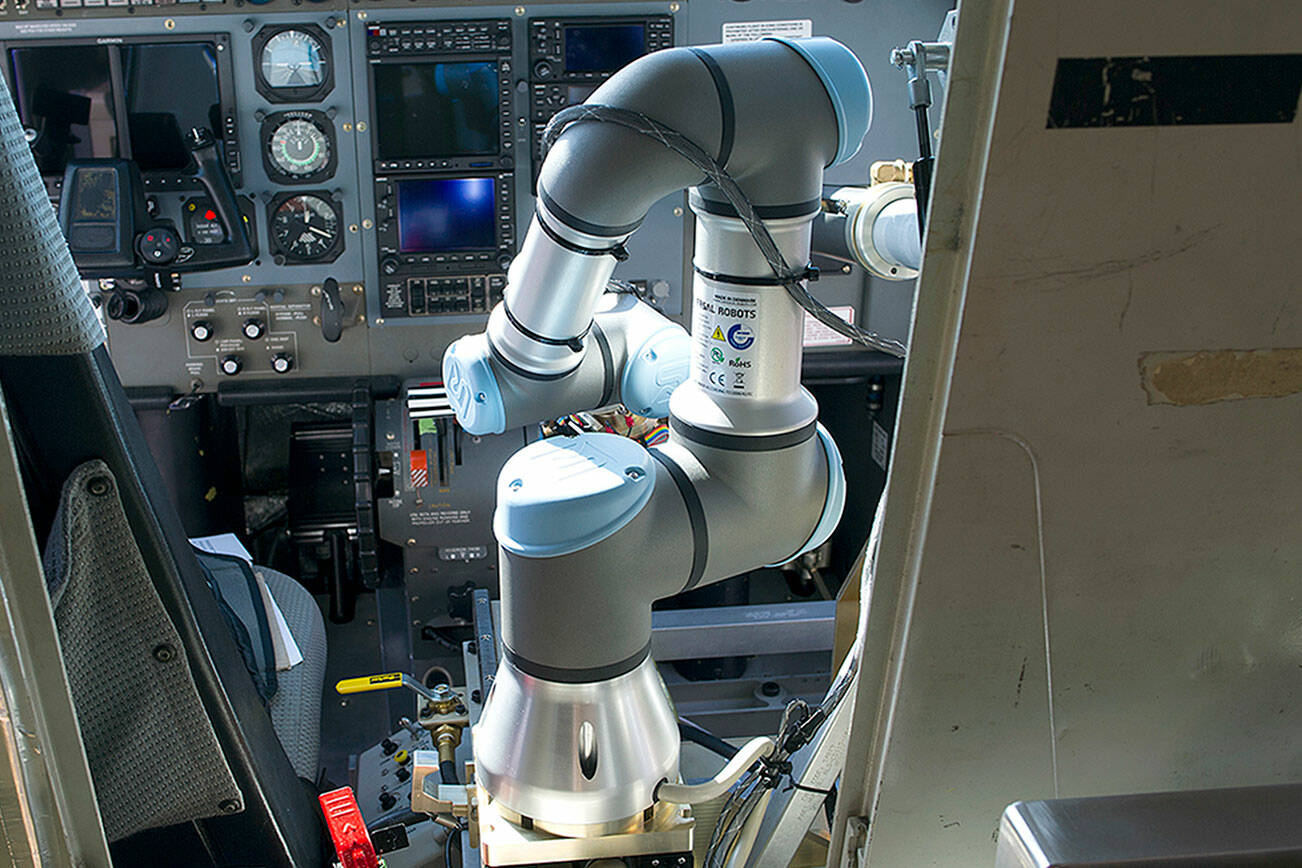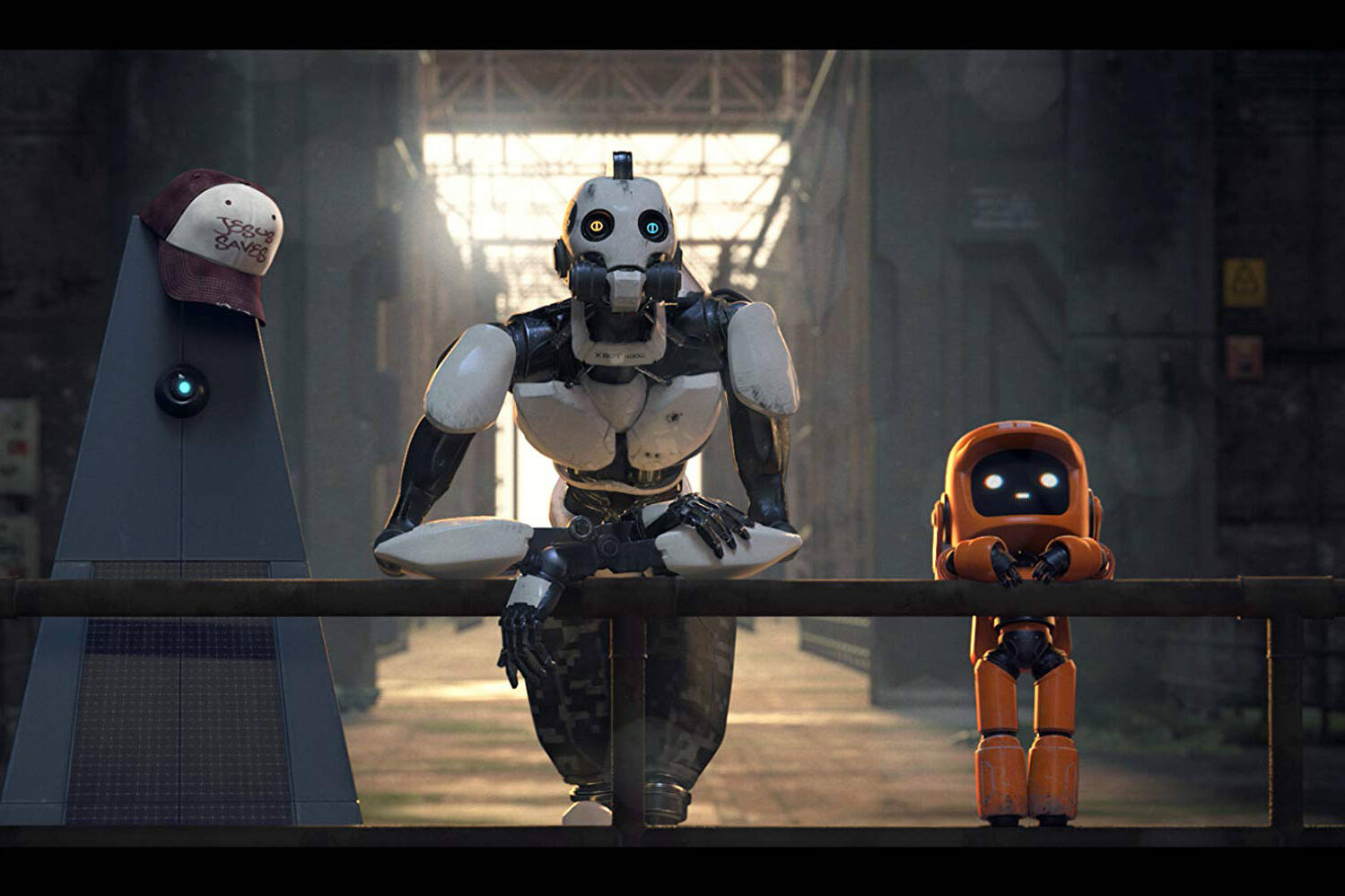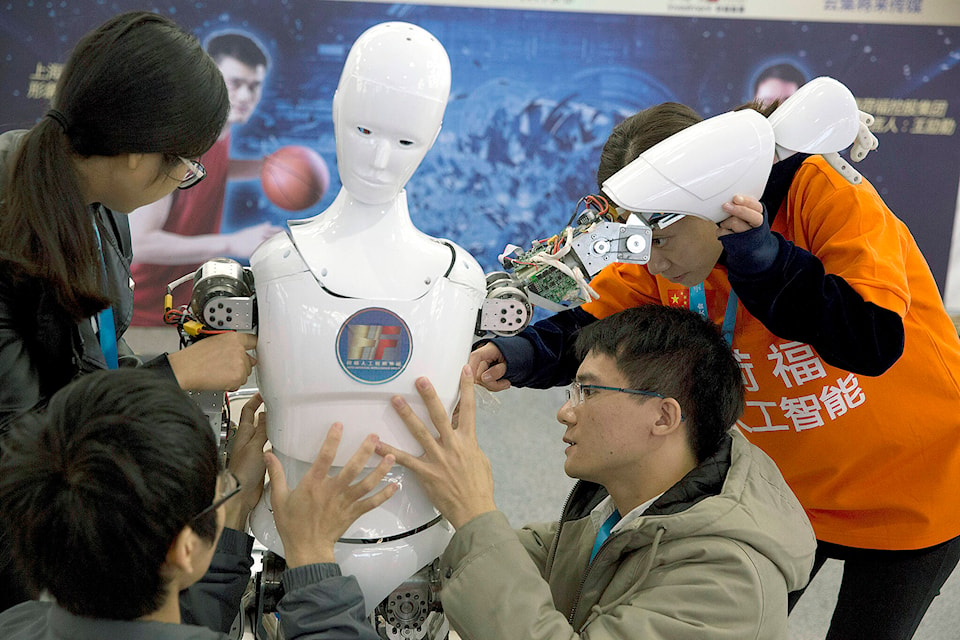Did you know there is a fourth industrial revolution underway? It’s called the artificial intelligence (AI) and machine learning change, and is powering this new technological revolution.
Artificial intelligence and the capabilities computers have has always fascinated and terrified me at the same time.
Computers have the ability to make breakthroughs in science and medicine and in ways we can scarcely yet imagine.
Computers can work 24/7, solve complex problems, and even reason, learn and anticipate outcomes.
They may solve medical unknowns like cancer and many other diseases.
Yet automation is slated to change the workforce, and not by a few, or exclusively the blue-collar workforce, this revolution will affect high-skilled white-collar professions, including law, accounting, and medicine. In fact, it has been changing the existing workforce for more than three decades
Most job forecasters agree millions of jobs are at stake.
I agree that the AI revolution is going to possibly wipe out millions of jobs, but I also think it has the capability to create a type of collaborative workforce based on partnerships, not rivalry.
After all, the human element is hard to discount, as there are things even the smartest machines
cannot (yet) do.
Others say the AI revolution need not conjure doom and gloom scenarios about the future of work, so long as governments rise to the challenge of equipping workers with the right skills to prepare them for future market needs.
Well, I don’t know about you, but I don’t feel like holding my breath on that one and would prefer to take the bull by the horns and educate myself on what may be the “new normal” for jobs and the future workforce.
Where I become concerned is not when my laptop crashes or could get hacked, but more in the realm of having control over AI in instances where it does what you want it to do if it controls things such as your car, your airplane, perhaps your pacemaker, or even your power grid.
I am not even prepared to wrap my brain around lethal autonomous weapons yet. My poor brain will have to save that one for later, but it’s already here.
Inventing such radical new technologies as super-intelligence may indeed solve poverty, war, and disease, but what is the risk? It could well be the best thing we ever invented, or it could be our biggest downfall if AI decides it doesn’t have the same goals we do.
Kind of reminds me of kicking a hornet’s nest could be fun for the run, or a heck of a bad decision.
At this point, the jury is out, and it sounds like there are equal numbers of scholars on both sides of the argument.
The part that terrifies me is the more we rely on computers in our everyday world, the smarter the computers become. One day computers will become self-aware and then what?
Sometimes I think we strive to move too fast, usually to make the world a better place, but in doing so I think we are treading a fine line, that if not given considerable forethought, could come back to bite us in the derriere.
With regard to AI, the old adage, “better safe than sorry,” seems more fitting than ever.


